Peter Van Geit is a Belgian-born wilderness explorer, ultra-runner, and founder of the Chennai Trekking Club, a 40 thousand member volunteer-based community that is active in environmental and social initiatives within India.
In traditional alpine style, Peter has selected a self-planned and navigated running route that traverses over 100 high-altitude passes in the Himalayan mountains. He’ll be carrying his own shelter and food, only refueling in between passes in small villages. Although he typically runs solo, Peter will be joined by award-winning filmmaker Neil D’Souza to document the entire journey and create a feature-length film, that is, if he survives the journey.
“I’m trying to make a story of an adventure that has never been done before. I’ll be the one behind the camera capturing all the beauty and culture and if I come out of this alive, then we’ll have a good film to share with the world.” - Neil D’Souza
Peter runs in a disciplined minimalist and self-sufficient style, carrying only 6 kg of gear in his bag and only packing two to three days of food at a time. A comprehensive route map of the journey, along with the preparation and minimalist gear are all listed on the expedition page.
Peter completed a similar journey over 40 high passes in 2018 and shared the clips from his OnePlus 6 phone with Neil, who compiled them into a short film which won the Best Mountain Exploration Film Award at the IMF Mountain film festival.
https://www.youtube.com/watch?v=Bop0K4-DSmc
Over the course of six months, the pair will cross the three most northern states in India, Uttar Pradesh, Uttarakhand, and Himachal Pradesh. However, while Peter is used to covering 50 km per day at altitude, the longest distance that Neil has ever run in his life is a 10k at sea level. Neil has been training of late, but it will be a huge step up to cover the estimated 15k to 20k day after day. In his words, it’s a bit of a “leap of faith.”
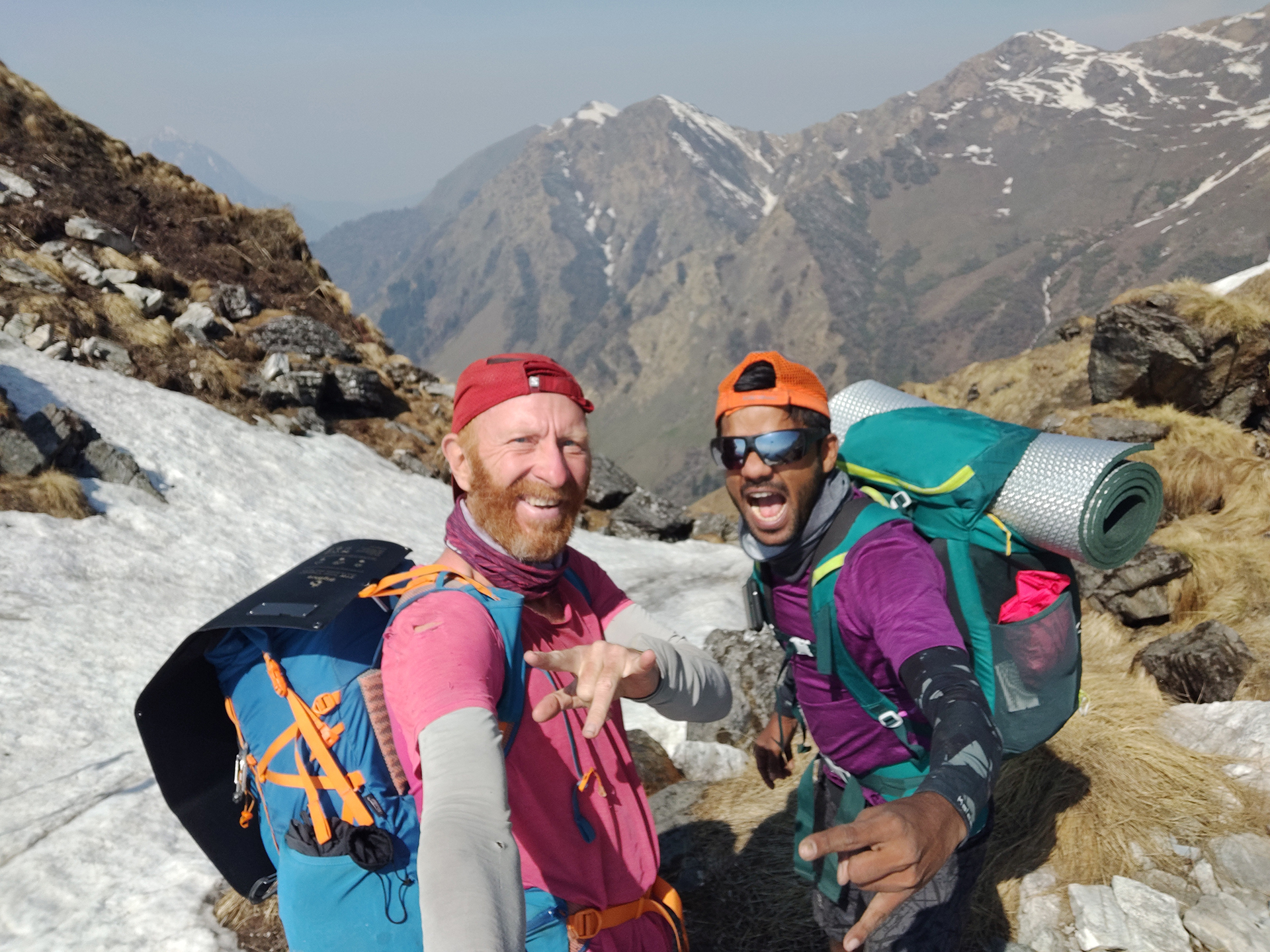
For Peter and Neil, the goal of their journey is to create a beautiful film in remote locations never seen before, capturing the magnitude of the landscape and the warmness of the people, running on passes only used by shepherds, to inspire other people to experience the outdoors.
“I love venturing into these remote corners of the planet for the mental peacefulness and also the humanity and hospitality of the local people--it’s heartwarming.” Peter Van Geit
The Outdoor Journal connected with Peter and Neil just days before their departure to discuss their motivation for setting out on a six-month expedition into the Himalaya, how they will overcome their gap in running experience and how alpine-style ultra-running at altitude brings a mental peacefulness found nowhere else.
SETTING THE 100 HIGH-PASS CHALLENGE

TOJ: Peter, I know you have experience running in the Himalaya, but what is the impetus for setting this challenge?
“I choose lesser known high passes used by shepherds to connect from valley to valley.”
Peter: I’ve been into ultra-running for the past five years, before that I was more into wilderness hiking, exploring dense jungles. I’ve been going to the Himalaya and running about 700 kilometers from one town to the next along the roads about 50 kilometers per day, running with a tent in my bag so I can pitch up my shelter wherever I end up at the end of the day along the villages.
I did a similar run in Vietnam through the mountains, close to the border with China, that was also 2000 kilometers over 50 days where I ran self-supported, navigating my way with maps. I’m pretty good with map reading and navigation on dirt tracks between villages. I’m attracted to remote places, small villages, and tribal settlements, not touristic places. That’s where you come across hospitality, where people invite you in for dinner and to stay. Last year I took the next step by challenging myself to run high-altitude passes.
I planned a 75-day journey, all across the Himalaya of some 40 high altitude passes with over 1500 kilometers covered, fully self-supported, alpine style.
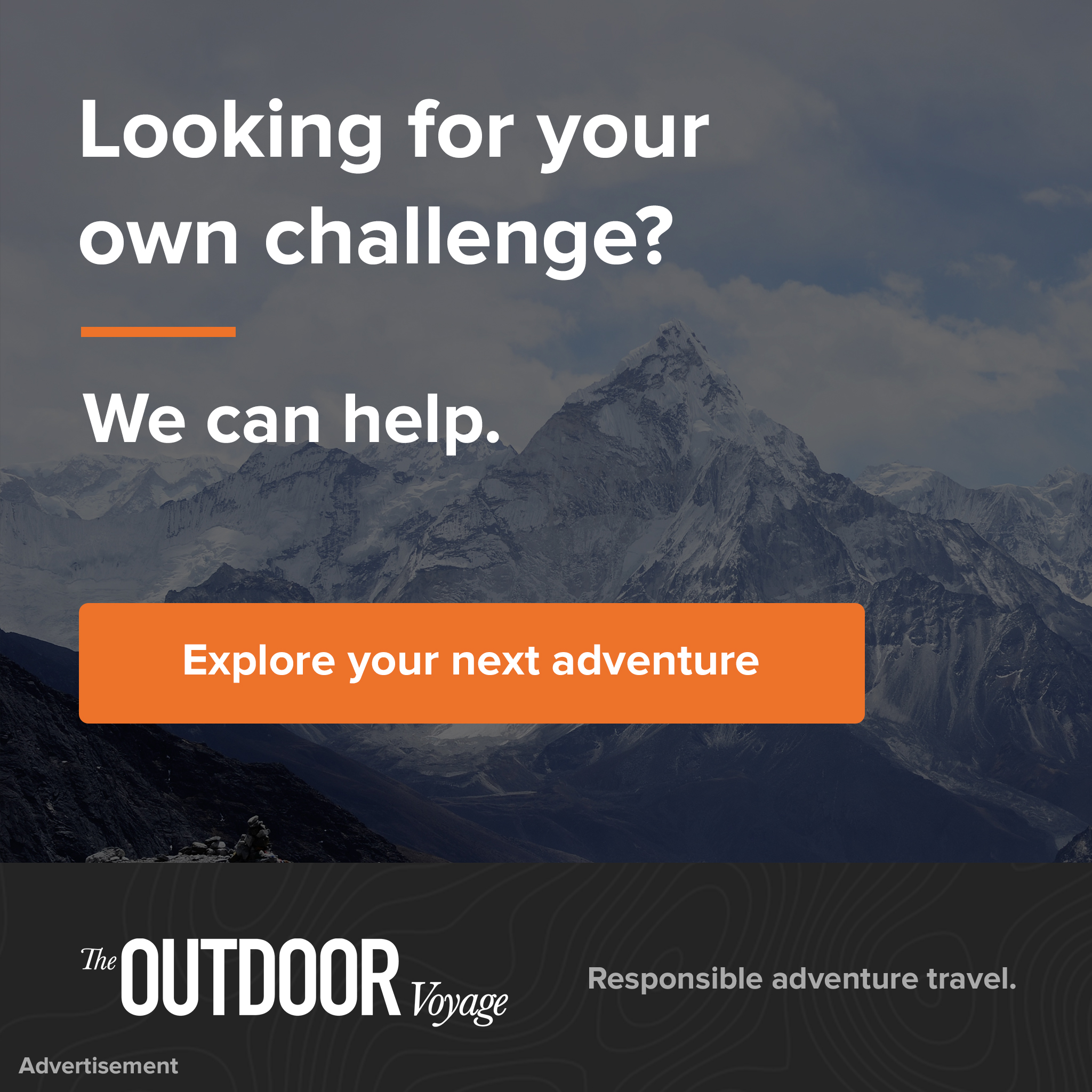
So of course when you go through these high altitudes and also challenging terrain, you need a little bit more luggage to protect yourself in the extreme climate of the Himalaya. I went up to 5,500 meters on these lesser known passes used by shepherds or local village tribes to connect from valley to valley. That turned out to be an amazing experience. I really love to push the limits in terms of physical endurance and also my mental capabilities in the extreme climate at the high altitude where oxygen levels drop far below what they are at sea level, with challenging terrains like landslides and glaciers. This year I want to push it again by going for the entire summer season, basically six months from the end of April to the end of September.
TOJ: Neil, there's a big gap in your running experience with Peter. How do you think you'll be able to cover the mileage goals for each day that Peter's aiming for?
Neil: I'm going into this journey with a mindset that there might be a situation where I can’t do certain sections. I need to have the ability to make the decision to head back on my own and find an alternative route. I do not have a running background. I've never liked running ever in my life. I asked Peter for his mileage and he said cumulatively over the past five or six years, he’s run 14,000 kilometers. And myself, cumulatively in the past 31 years, I’ve run about 150 kilometers. That’s a huge, huge gap. But this is a challenge I am willing to face and a journey that I want to finish.
A MARIE KONDO METHOD FOR MOUNTAIN TRAVEL
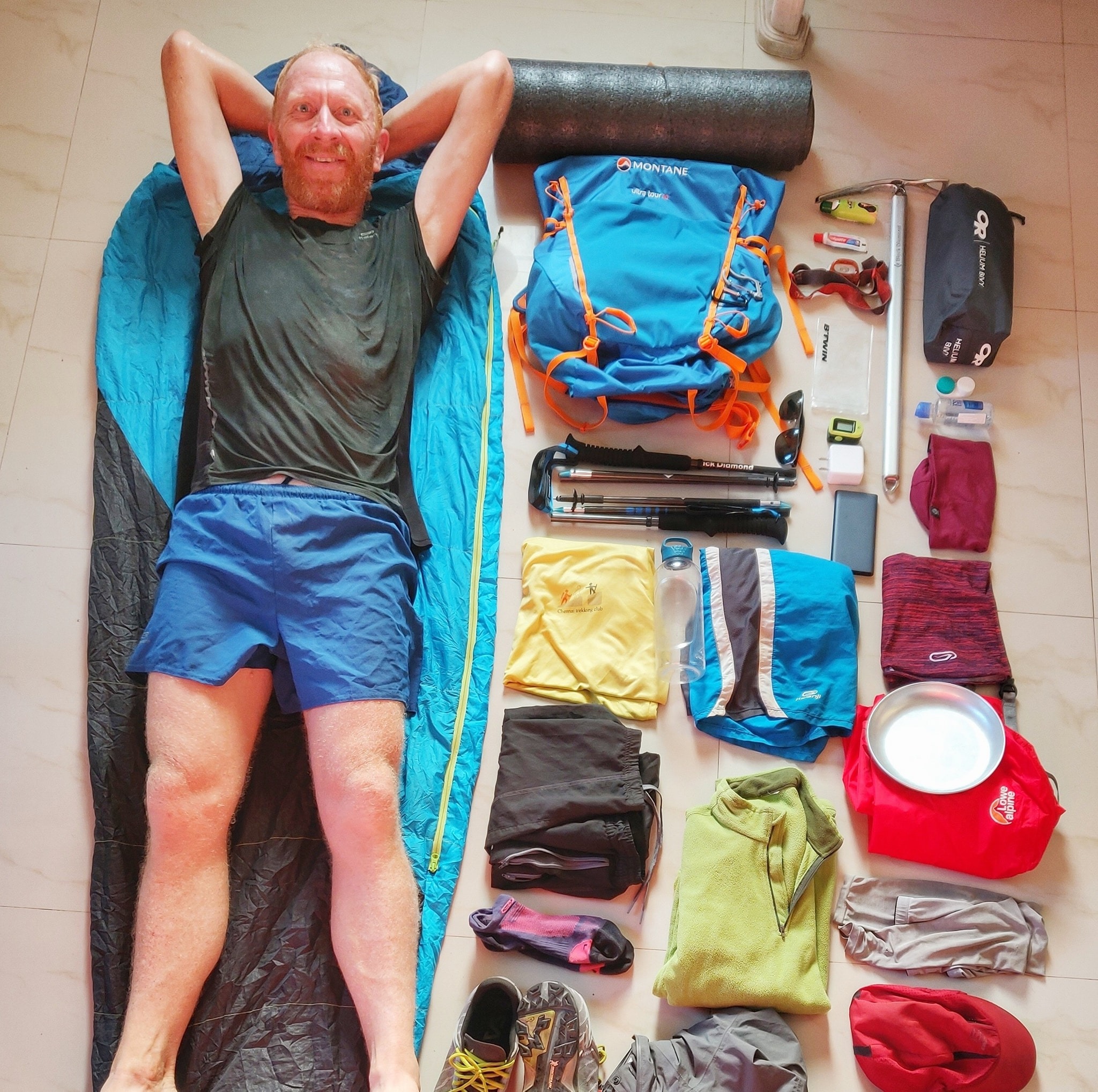
TOJ: What does it mean to you to follow a minimalist approach?
Peter: The key difference between me and the regular hiker, which I usually meet on the way, is that most of the hikers carry 60-liter bags, which is a lot of comfort level stuff. People sometimes put the balance a little bit more towards comfort, like warm clothing and shelter for the nights, which of course means they need to carry all this heavy luggage along with them throughout the day. Secondly, I haven't seen too many people that actually self-navigate. Most European hikers hire local guides and have a couple of horses to carry their luggage, and they have a cook.
“Even if the whole global financial system collapses, those people won't even be affected.”
If you go solo, without support, there are no porters and no animals. And if you want to do it in a pretty good pace then you have to minimize your luggage. Normally I go pretty fast across these passes. So even if the pass is at 5,000 meters, I set up my base camping site below 3,000, do the pass completely and again get down to below 3,000 because camping at lower altitudes allows you to stay warm. As you carry more gear, you become slower. As you become slower, you need to carry more gear and more food. So my minimalistic approach with just carrying 6 kg works well. Most of the time I just run in my shorts and T-shirt, as opposed to the typical image you have of a hiker with a full down coat. Only at night when I get settled into sleep do I layer up. The most important gear for me is my rain jacket. Secondly, my lightweight fleece allows me to keep warm against the cold winds.
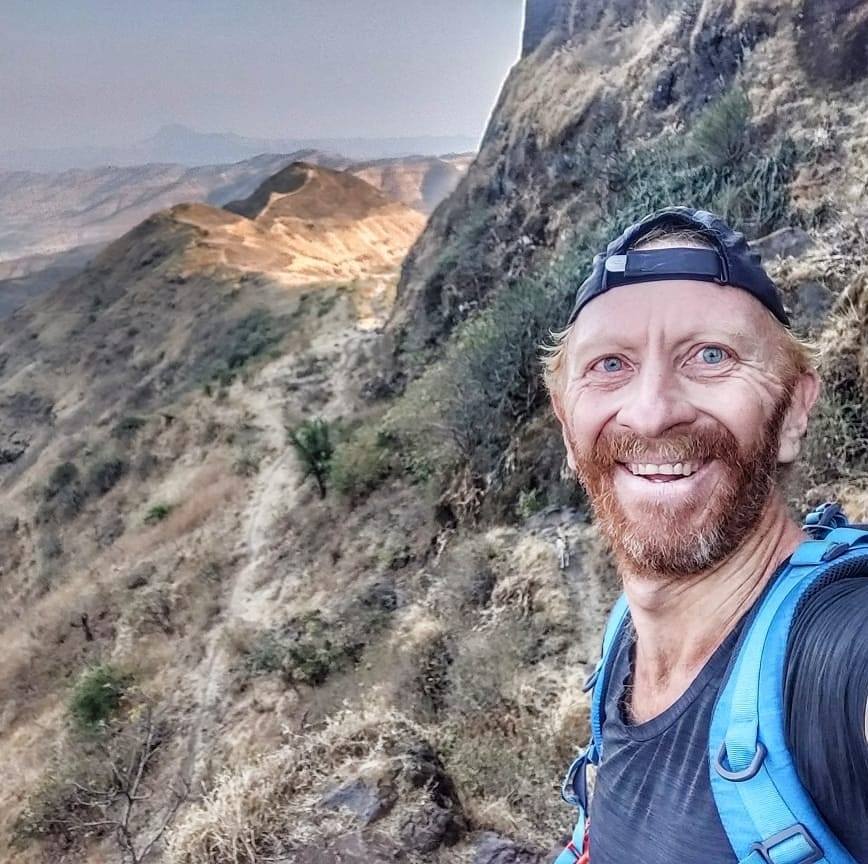
TOJ: Neil, what kind of film equipment are you going to be able to bring in the minimalist style?
Neil: I'm going to be carrying a OnePlus 6, which was the same phone that Peter shot his previous journey on. I’m also carrying two lenses from Moment, a wider lens and a slightly zoomed-in lens. I’m also carrying a GoPro and a Mavic drone.
TOJ: What is your plan for food? Will you be relying on the good graces of local shepherds?

Peter: Going minimalist, you only carry enough food to last you from the last village in one valley to the first village in the next valley, that’s just enough for two to three days. Some of the glacier crossings might last five to six days, where we might have to carry a little more. But those are exceptions. I made a conscious decision to drop all cooking gear to cut down on weight.
AN ALPINE STYLE FOR HIMALAYAN ALTITUDES
TOJ: Why is it so important for you to hike and climb in a purely alpine style?
"I'm interested in exploring new wilderness with my compass, not a marked trail."
Peter: I’ve been hiking through South Indian jungles for the last 10 years, which is quite different from the Alps or other places in Europe. As part of the Chennai Trekking Club, we have done a lot of expeditions through dense jungle. In the Himalaya, the alpine meadows are actually above the forest zones with open spaces which are challenging, but jungles are also challenging because they are quite dense. So I’m continually interested in exploring new wilderness with topographic maps, GPS and my compass, rather than walking behind a guide on a marked trail.
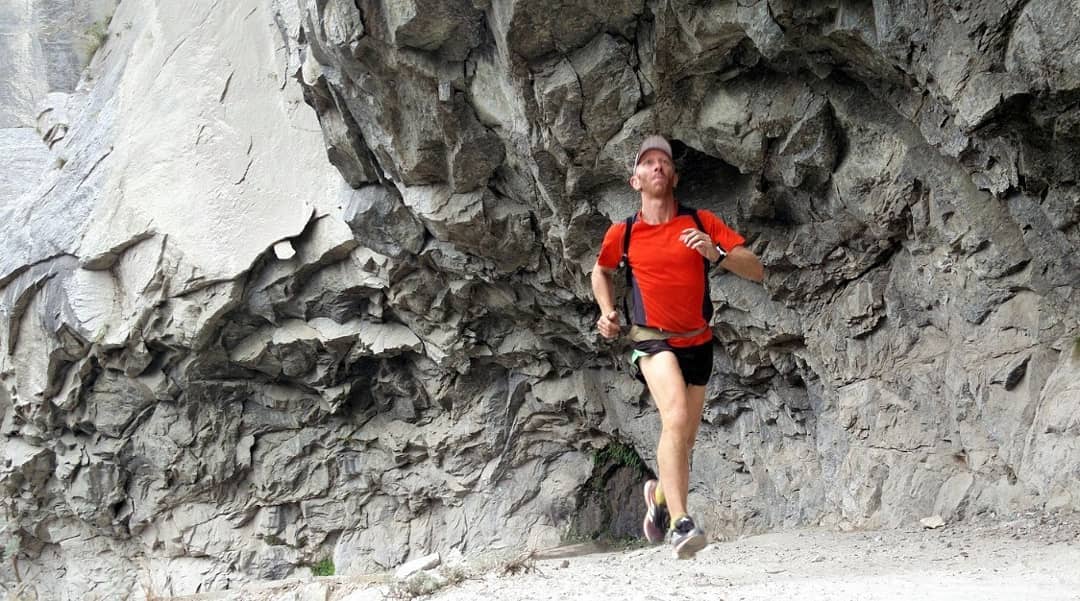
CHENNAI TREKKING CLUB TRAGEDY
TOJ: On March 11, 2018 the Chennai Trekking Club was involved in a tragic fire near Kurangini, resulting in 18 deaths. And there was a legal case involving Peter. We’d like to give you the opportunity to share your perspective on the claim against you as well as the status of your case.
Peter: One thing about South India is that it’s a pretty conservative society. It’s rare for people to step out into the outdoors, even more so for women. One of the things we focused on with the Chennai Trekking Club is ladies treks, so we can get more women into the outdoors. And then last year in March on National Women’s Day, we had some volunteer organizers in our community set up a meetup to expose women to the outdoors on a pretty plain route, not a jungle or anything, that is pretty risk-free. Unfortunately, some local farmers burned down their grasses and the high winds and long, dry grasses made the fire get out of control. That’s one thing.
“Full settlements, which would have been vibrant, are now completely abandoned.”
The second thing is that forest officials, the fire department, and the police department were all attending a ceremony by the Deputy Chief Minister. There was actually a proper warning system in place that automatically triggers SMS and email alerts when there are temperature anomalies, and the forest department received hundreds of warnings the morning of the fire but they didn’t act on it because they were attending that political function.
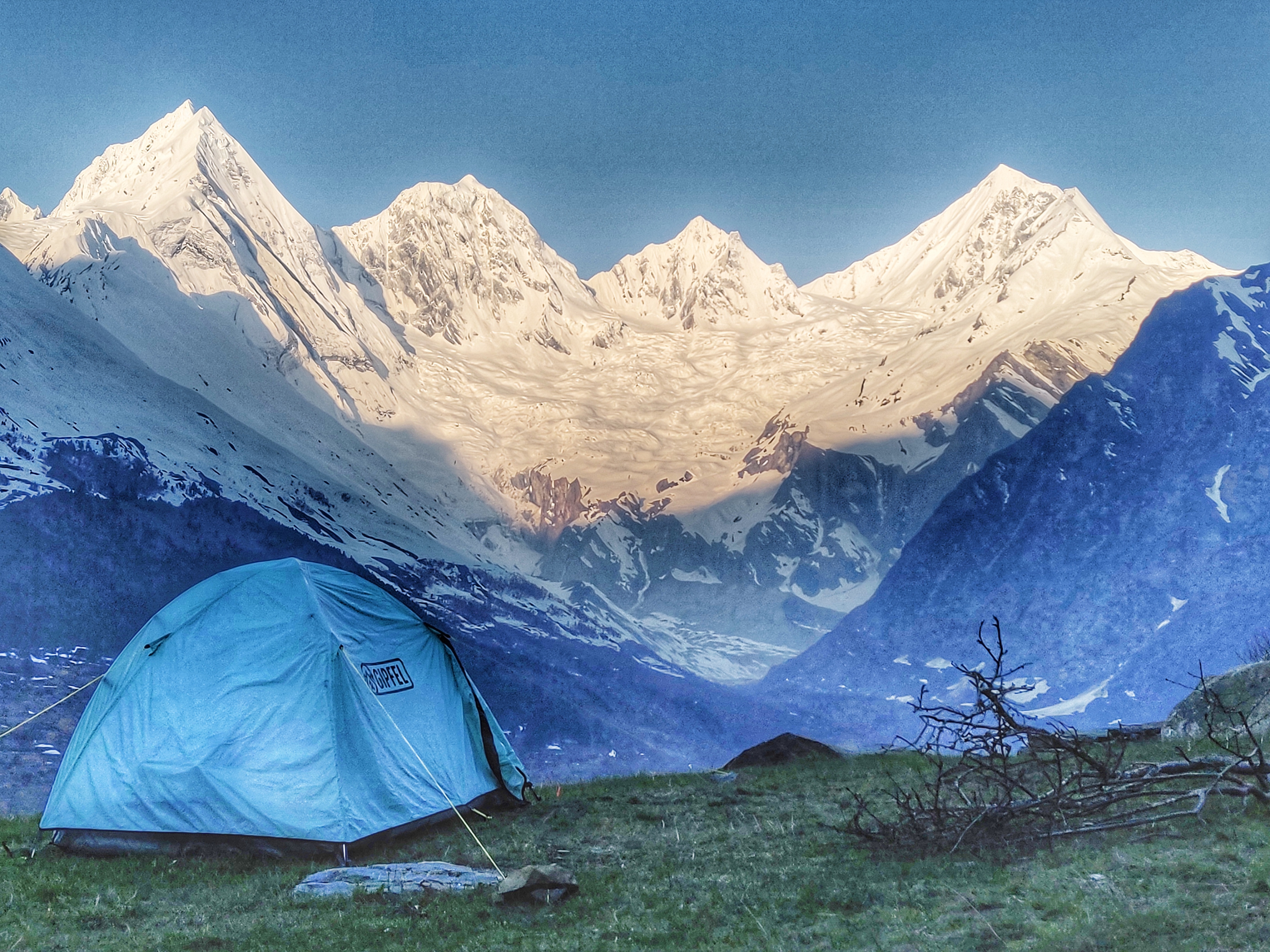
It could have been accepted as a natural disaster, but my understanding is that the forest department got scared that the finger might get pointed at them, so they tried to shift the blame to an easy target, myself, a foreigner who was running the Chennai Trekking Club. As it so happened, I was running a 150 km marathon that same weekend and not involved in the organization of this specific trek. Two years back, they praised me as a hero when I rescued some 130 people in the Chennai floods, but two years later it was time to put me down in the media. I was advised to go undercover for five weeks to avoid being forced to make a false confession in prison, then the judge gave a wonderful judgment, he also clearly saw what was happening was a blame game, and I was given bail.
LEARNING FROM LOCAL CULTURES
TOJ: Neil, why is it so important for you to create a film that raises awareness about adventure sports in India?
Neil: Good question. I’ll know the answer during the journey. With a challenge like this, I believe that If you’re going to overthink it, you’re not going to do it.

Peter: Neil is a little less prepared than me physically and he’ll be a little bit more loaded with his electronics, but, one thing that matches between me and Neil is that we are both passionate about exploring these places and then also inspiring other people to do these kinds of journeys in alpine style. The Himalaya are one of the most beautiful places in the world but the whole area needs quite a bit of study to establish solo routes unless you want to go on a commercial trip with 50 other people.
TOJ: Have you learned anything from your experience with a floor-living culture where they don't use chairs? In America, there's a saying that “Sitting is the new smoking,” in terms of the toll it takes on health.
Peter: You can definitely see it in India, it's not far behind in the sense that people have become very physically inactive. They sit at home, at their office, and in their vehicle. The number one cause of death in India is actually lifestyle related.
TOJ: As you pass through the Himalaya, are you witnessing pollution or other negative effects caused to the environment by humans?
Peter: Even though it's very far away from civilization, industries, and cities, all three of which contribute to global warming and pollution, you definitely see signs within the Himalaya, such as changing weather patterns and glaciers retreating. You can see full settlements, which would have been vibrant, now completely abandoned over the last few years, most probably because those lifelines of water streams are drying up, turning them into barren desert landscapes.
TOJ: Peter, what's something that Western culture could learn from the simple way that the shepherds live?
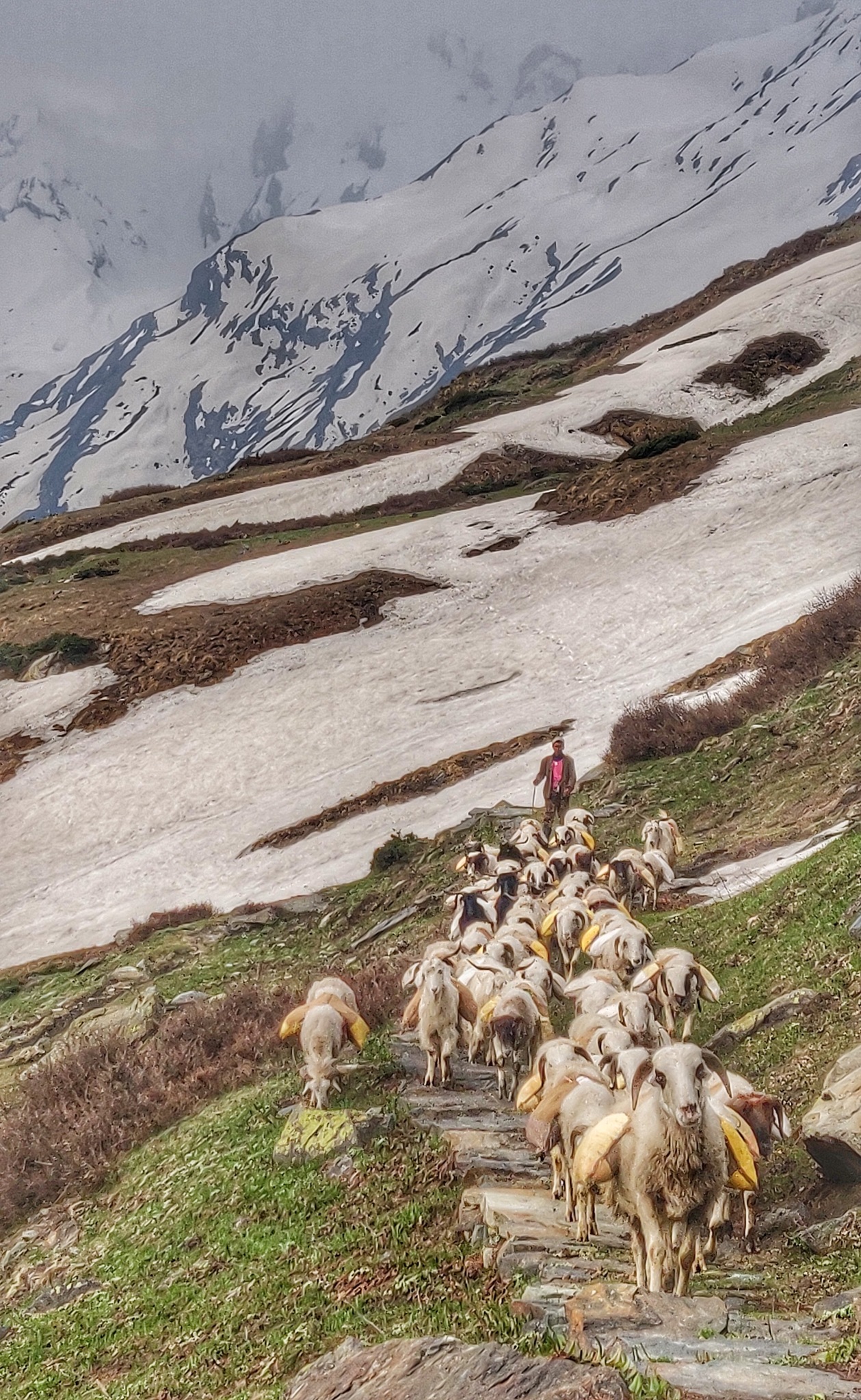
Peter: In these remote villages, one thing that strikes me is that people live in a very simple and very sustainable way. Anything they use--their blankets, their clothes, it's all self-made at home. They grow their own food. They don't live any dependency on the global economy or the virtual money economies so even if the whole global financial system collapses, those people won't even be affected. Meanwhile, most of us living in cities completely dependent on the economy will go hungry because we have forgotten the old ways of sustaining ourselves.
TOJ: Do you think there are both pros and cons to traveling with a partner this time as opposed to the type of introspective experience you get when you're traveling by yourself?
Peter: Going solo, of course, has pros and cons. If anything happens to you, nobody's there to give you a hand. But once you overcome that initial fear of being all alone in that huge, overwhelming landscape, there is an extreme experience of peacefulness. Going solo, you can set your own pace and also the local people are more eager to host you and treat you like a royal guest. Then again, being the runner and the filmmaker at the same time is pretty challenging.
For more Neil Productions, visit: http://neil.dj/
Facebook: @neilb4me
To see more of Peter's expeditions, visit: http://ultrajourneys.org/about/
Facebook: @PeterVanGeit
Instagram: @petervangeit
Chennai Trekking Club
Introducing The Outdoor Voyage
Whilst you’re here, given you believe in our mission, we would love to introduce you to The Outdoor Voyage - our booking platform and online marketplace which only lists good operators, who care for sustainability, the environment and immersive, authentic experiences. All listed prices are agreed directly with the operator, and we promise that 86% of any money spent ends up supporting the local community that you’re visiting. Click the image below to find out more.














